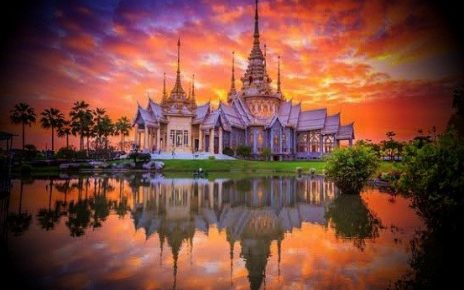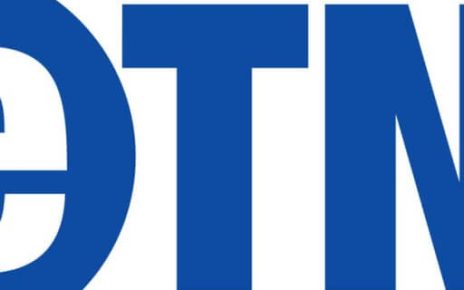A couple of weeks ago, once again the last meeting of the World Trade Organization (WTO) did not produce any result in the vaccine war.
- Rich countries have repeatedly recognized the need to guarantee access to COVID-19 vaccines all around the world.
- There is, however, the issues of vaccine hoarding and the gigantic purchasing options of rich countries versus lower-income countries.
- Google it – Nobody is safe until everyone is safe.
An India and South Africa proposal that patents against COVID-19 be liberalized was not approved during the WTO meeting, despite the majority support of the organization’s member countries. The proposal would have suspended other intellectual property rights as well, but the main area of contention between rich and poor countries was the vaccine war.
Between November and March, rich countries have repeatedly recognized (G20 in Abu Dhabi and G7 in Geneva) the need to guarantee access to vaccines for all. Very popular (almost 84 million results in a Google search) is the statement: “Nobody is safe until everyone is safe.” However, the stability of the percentage of vaccinations carried out in the first 10 countries (75.5% of total vaccinations, which rises to 83.3% if one considers the first 15) may give rise to doubts about its impact on concrete actions, and this is confirmed by the WTO debate.
In this debate, rich countries have entrenched themselves behind 2 arguments: one general – research and innovation assume the guarantee and protection of intellectual property rights, and the other specific – a possible suspension would not necessarily lead to increase the vaccine supply.
This last argument shamelessly ignores the vaccine hoarding and the gigantic purchasing options of rich countries. It has been often mentioned that Canada has made commitments that would allow to vaccinate almost 5 times its population. But this case is not unique. For example, Italy, whose population is about 60 million, has signed agreements to receive by the end of 2022, 40 million AstraZeneca doses, 65.8 Pfizer, 26.6 Johnson and Johnson, 40.4 Sanofi, 29.9 Curevac, and 39.8 Moderna. Estimated cost, according to Ms. De Bleeker in an accidental publication of the list of prices, 3 months ago, would be 2.5 billion dollars, but since then some prices have increased.
This cost is 1% of the recovery fund granted to Italy by the European Union and would represent about the 10% of Sub-Saharan countries’ total GNP. An Associated Press note of one month ago underscored that the different prices paid by different countries depend on local production costs and size of the order and that the often announced statement that poor countries might pay less may have been wishful thinking. (Maria Cheng and Lori Hinnant, March 1)
Another argument is that only rich countries would be able to produce vaccines.
This is plainly false.




